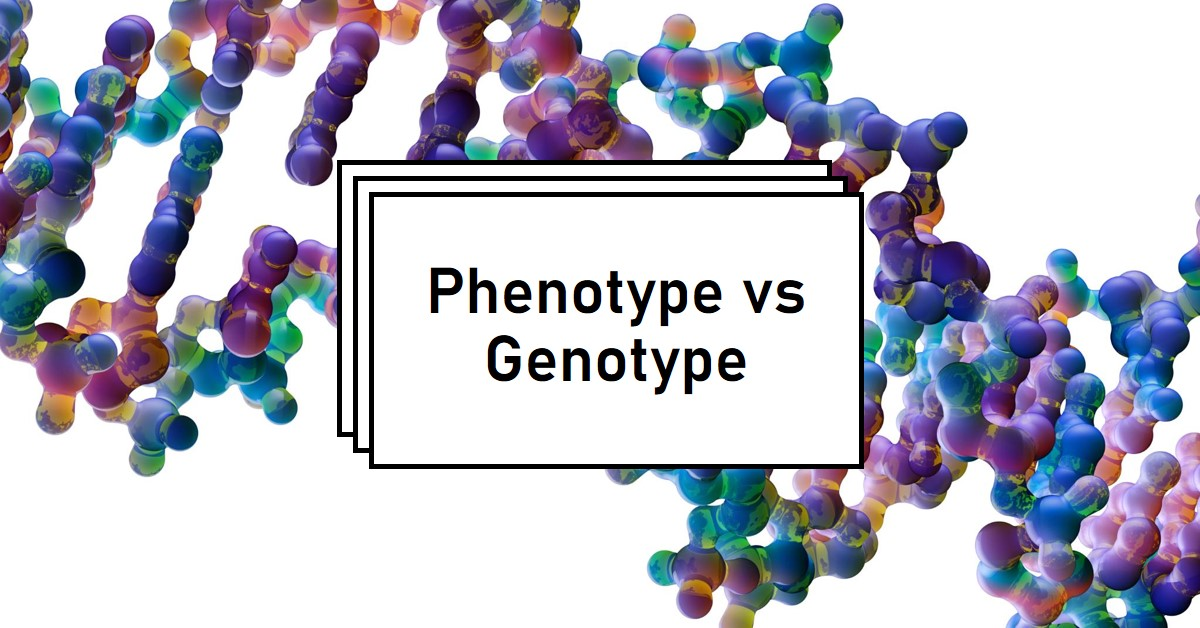XCXC Phenotype vs Genotype: Unraveling the Genetic Mysteries
2 min read
"Discover the intriguing difference between phenotype and genotype using the XCXC gene as a case study. Learn how your unique genetic.
Introduction
Imagine peeling back the layers of life’s blueprint, delving into the intricate designs that make you, well, you. That’s exactly what we’re doing today as we explore the fascinating world of phenotype and genotype. Ever wondered why you have your mom’s eyes but your dad’s height? Or why some traits seem to skip a generation? Understanding phenotype and genotype is like cracking the code to these genetic riddles. So, buckle up, because we’re about to embark on a genetic adventure.
What is a Phenotype?
Phenotype is all about what you can see. It’s the observable characteristics or traits of an organism. These traits range from physical attributes like height, eye color, and skin tone to behavioral characteristics like temperament and intelligence. Essentially, phenotype is the outward expression of your genetic makeup combined with environmental influences.
Examples of Phenotypic Traits
Consider the wide variety of eye colors in humans—brown, blue, green, hazel, and more. These variations are phenotypic traits. Similarly, the shape of a leaf on a plant or the pattern on a butterfly’s wings are also examples of phenotypes.
What is a Genotype?
Now, let’s dive into the genetic code itself: the genotype. Your genotype is the set of genes you carry. It’s like the instruction manual for your body, dictating everything from your biochemical processes to your susceptibility to certain diseases. Unlike phenotype, genotype isn’t visible to the naked eye but can be revealed through genetic testing.
Examples of Genotypic Traits
For instance, the genotype for eye color includes the specific alleles (variants of a gene) you inherit from your parents. These alleles might be dominant or recessive, determining your ultimate eye color.
How Phenotype and Genotype Are Related
So, how do genotype and phenotype connect? Think of genotype as the recipe and phenotype as the final dish. The ingredients (genes) combine in various ways, influenced by the cooking conditions (environment), to produce the final meal (phenotype).
The Genotype-Phenotype Connection
A classic example is pea plants studied by Gregor Mendel. The genotype determines whether a pea plant has purple or white flowers. However, the actual color we see (phenotype) depends on the specific combination of alleles in the plant’s genotype.
Influence of Environment on Phenotype
The environment plays a crucial role in shaping phenotype. For example, identical twins have the same genotype, but if one grows up in a sunny climate and the other in a cloudy one, their skin.
Also visit:





